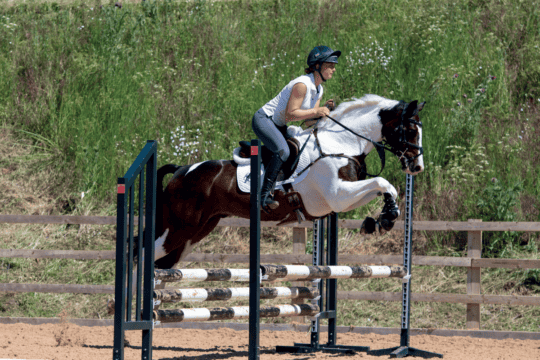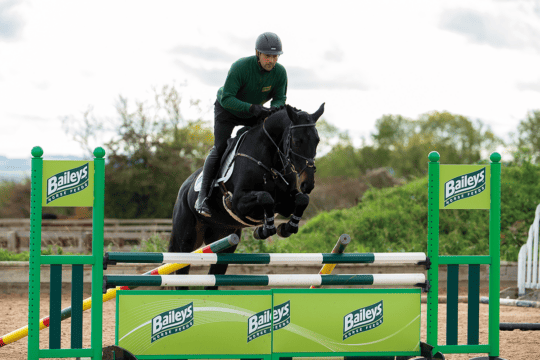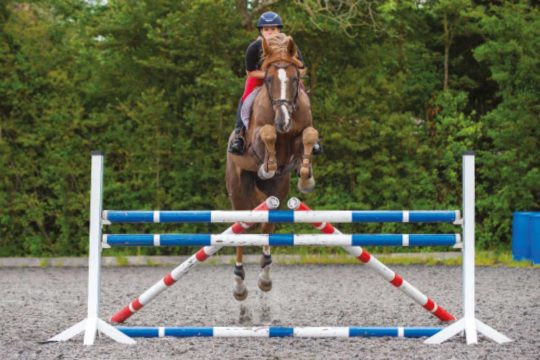-
Riding Schooling and Training
-
Health and Veterinary
-
Management
-
Mind Matters
-
Buying and Selling
-
Insurance Advice
FAQs
For many people, Working Hunter is the best of both worlds – the perfection of showing combined with the thrill of jumping. Specialist producer Louise Bell explains how to do well in these competitive classes
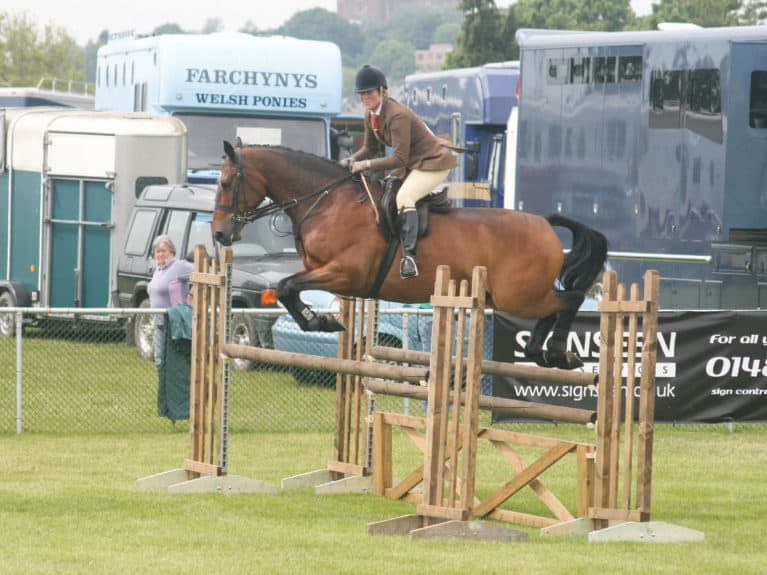
Preparing for a working hunter class
Warming up for a Working Hunter class is the same as for pure showjumping. It’s important to loosen your horse up on the flat, then jump him over the practice fences to get his muscles ready for the challenge of the course. Make sure he’s listening to you – ride plenty of transitions to ensure he’s responding to your aids, especially with the fences coming up.
Walking the course is an important part of a successful round. As with any other course, walk it as you intend to ride it. So many people forget to do this – they just stand in the arena and look at the order of the fences, rather than thinking about where to turn for the best line.
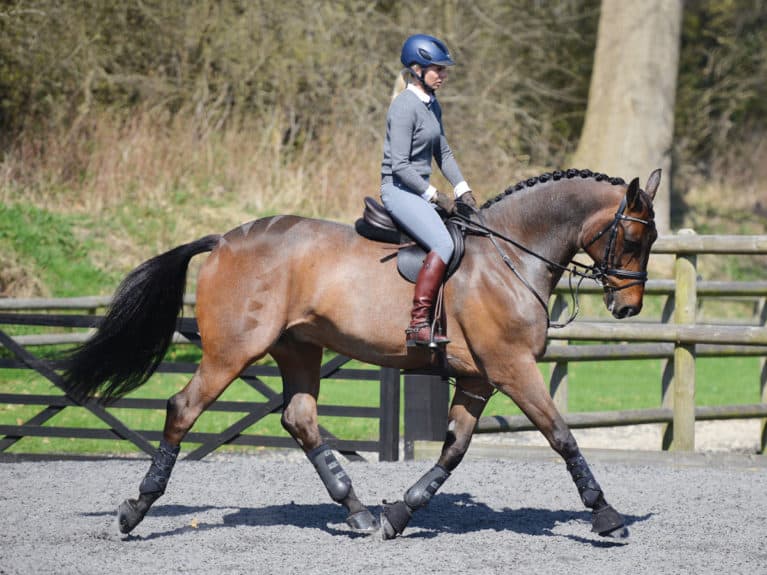
In the ring
When you enter the arena, present yourself to the judge and the steward, who will make a note of your number. Move off and establish a good canter rhythm before you begin jumping.
Ride the course as if it were a normal jumping class – maintain rhythm and balance to help your horse jump to the best of his ability. This will all help you score the best possible marks for style. Aim to jump a beautiful clear round, not just a clear round.
Specialist tack
Choosing tack for a Working Hunter class means balancing what your horse jumps best in with what is preferable for the second part of the class – if you’re lucky enough to be called back in by the judge!
I like to use a breastplate martingale because I think they’re smarter than standard running martingales, and I often use a stud girth. Remember, though, that apart from the front boots your horse wears to jump in, you cannot add or remove any tack between the jumping and flat parts of the class.
Top tip – your horse can wear front boots, including overreach boots, for the jumping phase, but no back boots are allowed at affiliated shows
Different types of fence
Water trays are at most shows, even in Novice classes. Buy or make one at home to practise over – I like to put rubber ducks in them to change their appearance and help horses become confident with them.
Bullfinches are fences that horses need teaching to jump. Find some long birch twigs and stick them into a hedge-type fence so it’s around 1.5m tall, but easy to jump through. Then, in the ring keep riding forward towards a bullfinch because it’s normal for horses to back off on the approach. Once you’ve jumped the bullfinch, re-establish your rhythm so you’re ready for the next fence.
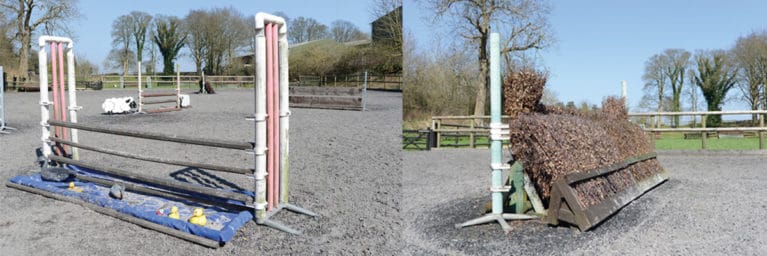
Problem-solving
If you have a stop Take a deep breath, settle your horse back into his rhythm and then re-present him. In a Working Hunter class, a refusal means that you’re very unlikely to be called back into the ring, but that’s no reason not to complete your round and improve your horse’s experience. However, it’s also perfectly acceptable to ask the judge whether you can just pop the first fence again, then leave the arena to save your horse for another day.
If you have a rail down Don’t look back or worry about it. Once the fence is down, there’s nothing you can do. Focus on riding the best possible rest of the round – you never know, you could be the only person with just one rail down.
Spooky fences Practise the fences your horse is worried about at home or hire a venue with fences you can rehearse over. Some horses are worried by bullfinches or water trays and the only way to get over their worries is training.
On your marks
Scoring for Working Hunter classes is different to other showing classes. The jumping portion is worth 60% of your total score – two thirds of that is awarded for a clear round, then one third is judged on style and presence. The remaining 40% of your mark is split evenly between the ride and the conformation assessment.




